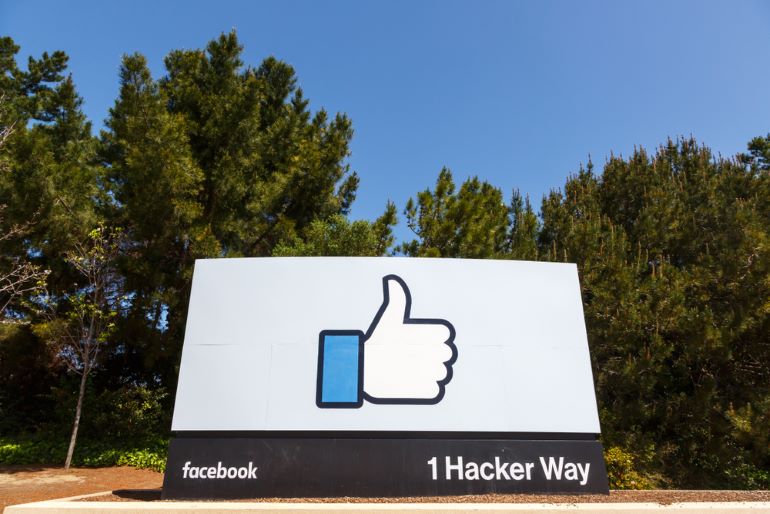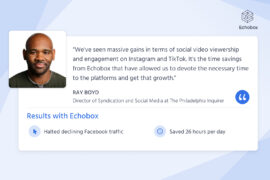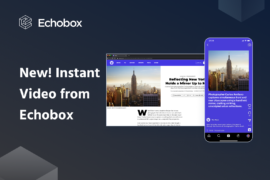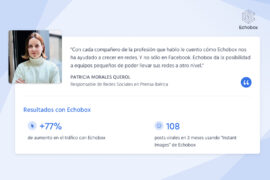In our latest data deep-dive we analyse the effect of Facebook’s decision to de-prioritise news content earlier this year, and the extent to which data-driven optimisation can counteract a downward trend in overall traffic. We find that traffic from Facebook to news publishers’ websites has fallen significantly since the beginning of this year. However, our machine-learning technology allowed Echobox users to significantly outperform their peers during this time period. Since January 2018, traffic from Pages that use our optimisation has increased, while traffic from other Pages fell by over 7%.
When Facebook announced in January 2018 that approximately 20% less news content would be shown in the Newsfeed, there was plenty of speculation about how publishers would cope with less social media traffic. At the time, Facebook traffic accounted for around 10% of all traffic to news websites, having already significantly declined since July 2017. Since the beginning of 2018, Facebook traffic to news sites has declined even further.
This is surprising because algorithm changes in previous years rarely had a lasting effect on traffic (see our Social Media Index, which shows all major Newsfeed changes). Often, Facebook even reversed these changes after some time. Beginning in 2016, for example, Facebook pushed video (and later “live video”) and recommended publishers follow suit. Just a few months ago, however, Facebook officially announced that video would be heavily de-prioritised in the Newsfeed because it was deemed “passive content”.
As it turns out, this time is different, and publishers are rightly adjusting to a new world of reduced traffic from Facebook. Over the past few months, we have heard from many publishers that falling traffic makes intelligent automation even more important. This is especially true if data can be leveraged to avoid the damage caused by Facebook’s algorithm change. That is why we thought it timely to conduct a rigorous test of how well our technology has been able to maintain acceptable levels of traffic.
We began by looking at data from hundreds of Facebook Pages that weren’t using any of our optimisation features. This enabled us to get a good idea of the direct effect of Facebook’s algorithm change on publishers. As shown in Chart 1 below, we found that Facebook traffic to publishers’ websites has declined by nearly 8% since January 2018.

As a next step, we wanted to know whether our technology was able to counteract the Facebook algorithm change. In order to investigate this, we looked at traffic data from Echobox clients who rely on the optimisation features that Echobox offers, and compared it to traffic from Pages that were relying on manual posting.
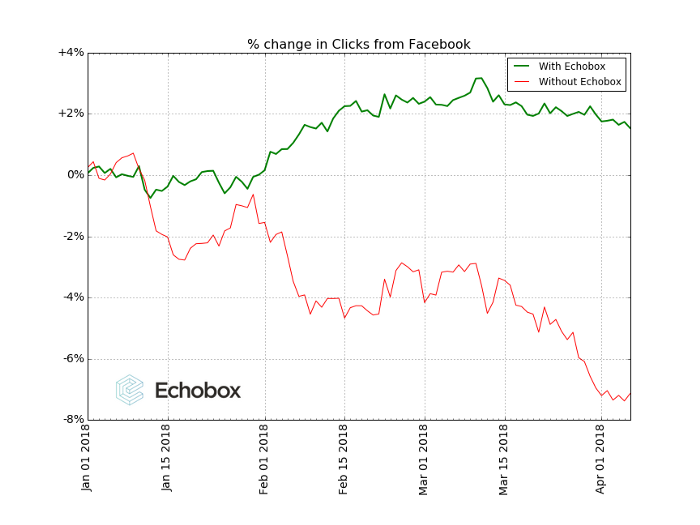
Chart 2 shows that traffic from Pages that used the optimisation features dramatically outperformed traffic from Pages that were curated manually. Traffic from Pages that used the optimisation has risen by 2% since the beginning of 2018. On average, Echobox clients using our optimisation thus grew their traffic while most of the industry saw a dramatic fall in clicks.
This demonstrates the payoff we derive from putting research and innovation in machine learning, neural networks and big data analytics at the centre of everything we do at Echobox. While each individual change has only a small effect, the cumulative effect of these improvements brings a clear advantage for our clients in a challenging social media environment.
Faced with one of the most dramatic Newsfeed algorithm changes since Facebook began showing news, publishers need to ensure they optimise their social media strategies to take into account the new reality of lower traffic for everyone. We are excited to be able to offer a product that can reliably outperform overall traffic and recommend that our clients make full use of our optimisation features.
